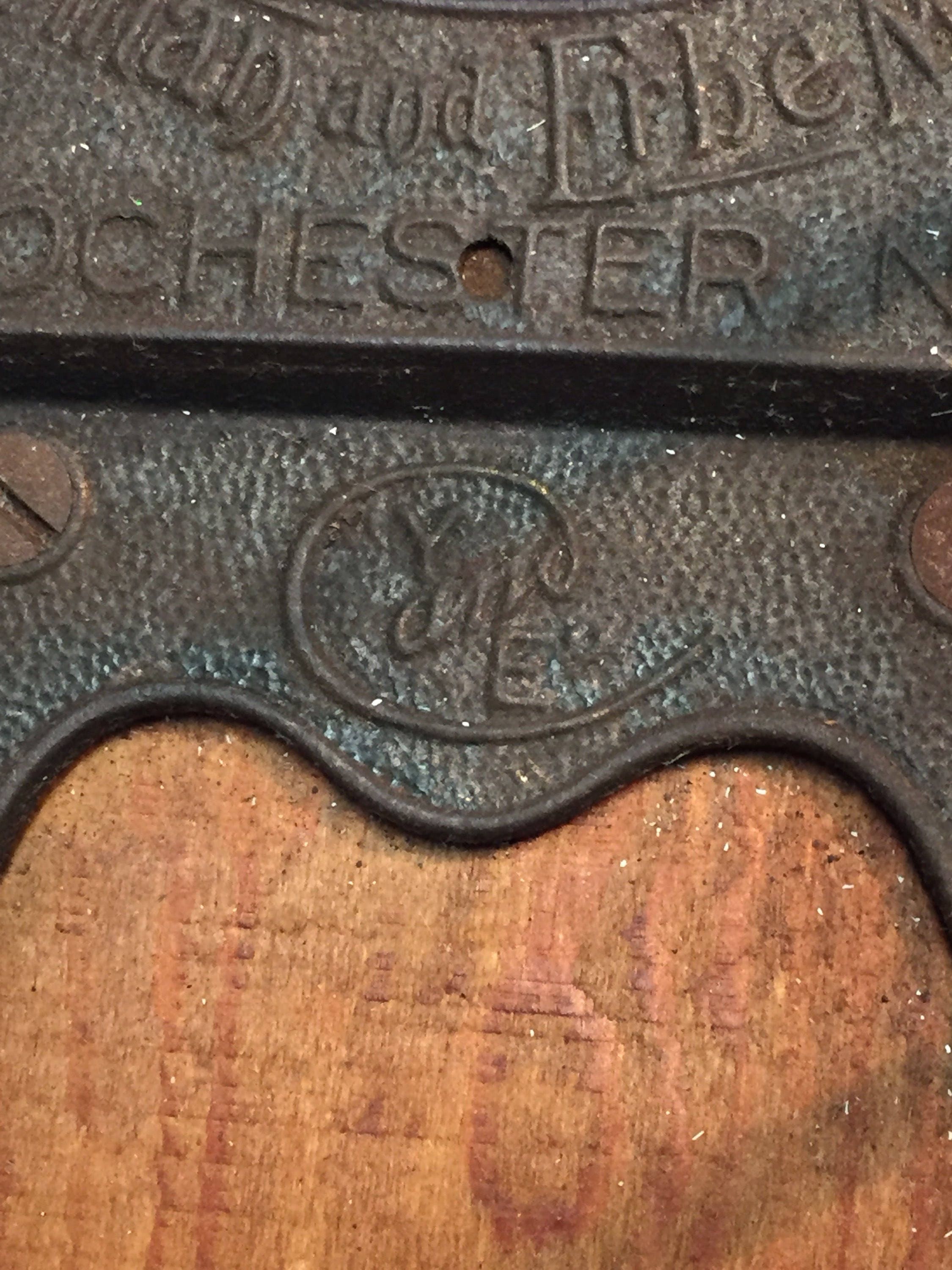

The laminated clipboard is quite stunning with the strips of alternating mahogany and oak. The body of this compact filer appears to be walnut and the linear-moulded lines are a taste of Eastlake style. Co., but their lack of manufacturing facilities caused them to eventually sell out to Yawman & Erbe Mfg. Then in 1888, the business was reorganized as The Office Specialty Mfg. This Rochester-based company was not a manufacturer, but did start a magazine to promote their products called The Cosmopolitan, which came to be known as Cosmopolitan. In 1883, this invention, rights and all, was purchased by the Schlicht & Field Co. I would appreciate any information you can supply.Ī: About 1877, James Shannon invented a two-ring paper holder called the Shannon Arch File for filing letters, bills and other papers. Rochester NY USA Patented Mar 30 86.” Another patent, “July 29 79,” appears on a clipboard that pulls out as a drawer. It is 30 centimetres high and 38 centimetres deep (12 x 15 inches) with a brass nameplate on the front reading “The Shannon Filing Cabinet Manufactured by Schlicht & Field Co. Q: I bought this filing cabinet in 1974 in Christchurch, South Island, New Zealand, for 15 New Zealand dollars. Lighter collectors interested in military history will be willing to pay at least $175. Your lighter is in terrific shape and is a true rarity, especially with the box. The clever logo of a tree in an O for “trio” could stand for the three uses of this item or for the unknown company who made it. The musical theme song for the film was well chosen to sell lighters, being, according to the charts, the most popular music the following year. This was also the year British director Carol Reed’s film-noire masterpiece, The Third Man, was released, starring Joseph Cotton, Orson Welles, Trevor Howard and Alida Valli. The map commemorates this, showing that part of West Germany then known as the British Zone of the Allied Forces. It has a map on the front that says “GERMANY BRITISH ZONE,” a lighter on the side, a place for cigarettes on top and it plays the song “The Third Man.” It also comes in a box with TRIO on the front.Ī: This lighter is a real piece of post-World War II history dating from 1949, the year East and West Germany were formed. It measures 13 by 6 centimetres (5 by 2.5 inches) and is made of brass-like material. I believe she said it was from the war and it has always fascinated me. Q: I have a cigarette case my mother-in-law gave me years ago. He’s a popular artist and this work should have no trouble commanding $2,500. There’s an impressionistic quality to your circa 1920 painting and this holds much interest for collectors. Water seems to be a common element in his work, as well as bridges.

He took the name of Lamorna, after the village he lived in. The Newlyn School of art is the name of an artist’s colony. He moved to Newlyn, in the Cornwall area of England, and studied in Paris for a short time in 1906. My grandmother bought it at auction around 1926, and it has since been reframed.Ī: Samuel John Lamorna Birch (1869-1955) was a British artist and a member of the British Royal Academy, who started out working in mills in Manchester and Lancaster while painting as a hobby. Painted in the early 1900s, it depicts a three-arch bridge spanning the River Lune near the small North Lancanshire town of Kirby Londsale. Q: My mother owns a 25-by-36-centimetre (10-by-14-inch) oil painting by an English artist named Lamorna Birch.


 0 kommentar(er)
0 kommentar(er)
